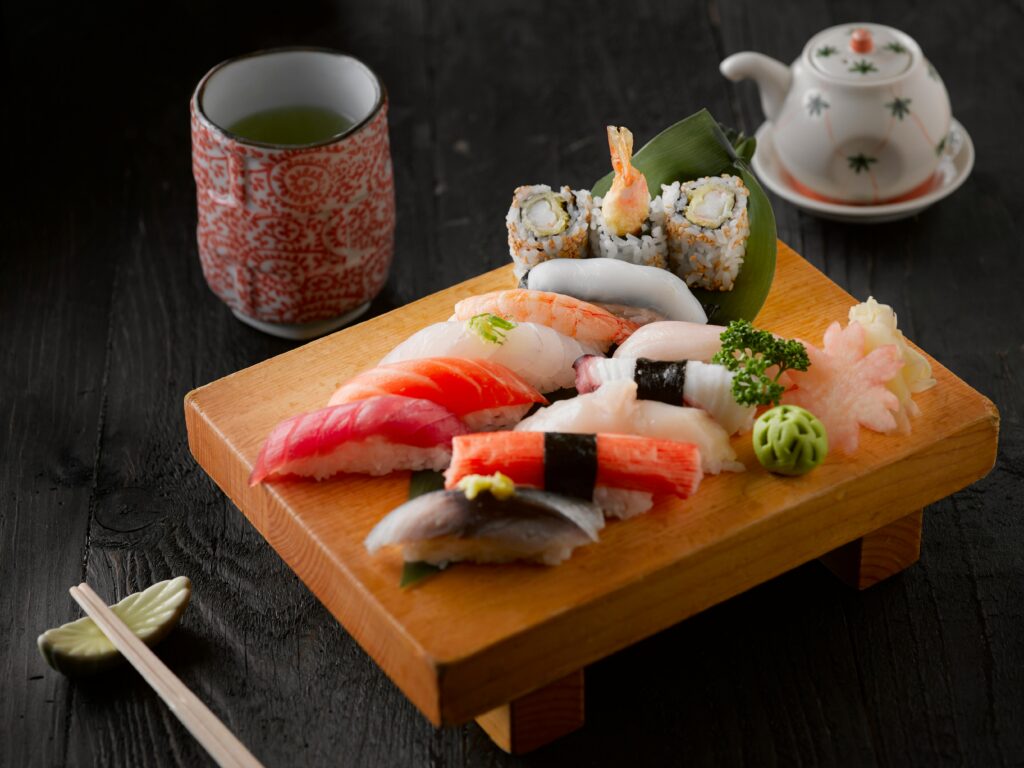More Than Just Numbers
Cost of living in Japan for immigrants over 40 can feel mysterious—will your savings stretch far enough? If you’re in your 40s, 50s, or 60s and planning to move (or already here), you’ll want to understand what everyday life really costs: housing, utilities, groceries, insurance, and more.
Unlike younger travelers or digital nomads who can get by on a backpacker’s budget, midlife movers are often looking for a stable, comfortable lifestyle. You may be thinking about health insurance, pensions, stable housing, and whether your retirement savings or monthly income can stretch far enough.

I was born in Japan and live in Niigata; having raised children and worked for many years, I’ve watched how these costs add up—and I’ve collected stories from foreign colleagues who’ve made the move. In this guide, I’ll walk you through what it really takes to afford a comfortable life in Japan after age 40.
Housing Costs in Japan for Immigrants Over 40: Renting vs. Owning
Housing is usually the biggest expense.
- Renting in Tokyo/Yokohama: A one-bedroom apartment in central Tokyo costs between ¥100,000–¥150,000 ($670–$1,000 USD) per month. Larger family units can reach ¥200,000+.
- Regional cities (Niigata, Fukuoka, Sapporo): A similar apartment may cost just ¥50,000–¥80,000 ($340–$540).
- Buying property: Foreigners can buy homes in Japan, and older houses in rural areas sometimes go for shockingly low prices—¥5 million ($33,000) or less. But renovation and earthquake-proofing costs add up. Some foreigners are even exploring Japan’s ‘akiya’ (abandoned homes), which can be purchased for incredibly low prices. I’ll be sharing a full guide on akiya soon—stay tuned.
👉 Tip from one of my British employees:
“When I moved to Niigata, I rented a house with a garden for the same price my Tokyo friends were paying for a studio. If you don’t mind driving, regional life is cheaper and gives you space to breathe.”
For a deeper dive into whether renting or buying makes sense, check out my article: Renting vs. Buying in Japan.
Utilities and Living Costs in Japan After 40
- Electricity & Gas: Expect ¥12,000–¥18,000 ($80–$120) monthly for a couple. Winters in northern Japan can push heating costs higher.
- Water: Around ¥3,000–¥5,000 ($20–$35).
- Internet/Phone: Fiber internet averages ¥4,000–¥6,000 ($27–$40). Mobile plans can be as low as ¥2,500 if you use budget carriers. My family and I use LINEMO, one of Japan’s budget SIM card providers. Our plan is only about ¥1,200 per month, which is much cheaper than the big-name carriers.”
On January 1st last year, when Ishikawa Prefecture was struck by a large earthquake, I was surprised by how resilient the infrastructure was. Despite significant shaking, there were no power outages or internet disruptions in my area. Water service resumed within 30 minutes. For me, this reliability is one of the “hidden values” of living in Japan—it’s not just the cost, but the peace of mind that comes with it.
One American teacher once said:
“Utilities are higher in Japan than I expected. But the trade-off is safety and reliable services. I never worry about outages or crazy bills.”
Food Costs in Japan for Immigrants Over 40: Groceries and Dining Out
- Budget options: Conveyor-belt sushi, ramen, and gyūdon (beef bowl) chains keep meals under ¥1,000.
- Groceries: ¥30,000–¥50,000 ($200–$340) monthly for a couple, depending on how much you cook. Imported goods (cheese, wine, cereal) are more expensive.
- Dining Out: A typical lunch set is ¥800–¥1,200. Dinner at a midrange restaurant: ¥3,000–¥5,000 per person.


As for me, we usually eat out once or twice a week. My son and I love Saizeriya—it’s delicious and inexpensive. We ordered quite a lot for dinner, but the bill for the two of us was only about ¥2,500. For the price, it still amazes me.
Transportation Costs in Japan: Cars and Commuting for Foreigners
- Public Transport: A Tokyo commuter pass can cost ¥10,000–¥15,000 monthly.
- Cars in Rural Japan: Owning a car adds costs: shaken (mandatory inspection) every 2 years (~¥100,000), plus insurance and fuel.
- Leasing a Car: In rural areas like Niigata, many people choose to lease instead of buying. Leasing reduces the upfront burden and often includes maintenance, making it easier for newcomers.
A Canadian colleague told me:
“In Tokyo, I never needed a car. But in Niigata, driving is essential. I pay about ¥30,000 per month including gas, insurance, and maintenance.”
Healthcare Costs in Japan for Expats Over 40
Japan’s healthcare system is reliable and relatively affordable, but you must enroll.
- National Health Insurance (NHI): Premiums depend on income. For many expats, expect ¥15,000–¥25,000 per month.
- Company Employees’ Health Insurance: Often cheaper since employers cover part.
- Private Options: For early retirees or freelancers, global insurers like SafetyWing can bridge gaps before you join Japan’s system.
Retirement Planning and Pension Costs for Immigrants in Japan
Foreigners who stay long-term are required to contribute to the National Pension. Contributions are around ¥16,000 per month. For those over 50, it’s important to calculate how this fits into your retirement savings.
For many of us, including myself, raising children until around age 50 leaves little room to save for retirement. The good news is that it’s never too late. I’ll be writing a full blog soon on how to build retirement savings over 20 years starting in your 50s, once child-rearing ends.
Lifestyle and Leisure Expenses in Japan After 40
Japan is full of affordable leisure activities: hot springs, hiking, local festivals. But big-city life—concerts, international schools, weekend getaways—can raise costs quickly.
One Filipino staff member told me:
“I spend less money here on entertainment than in Manila. Most of my fun is hiking, hot springs, and joining local events. Life feels richer without spending a lot.”
Cost of Living in Japan for Immigrants Over 40: A Sample Monthly Budge
- Rent: ¥70,000
- Utilities: ¥15,000
- Groceries: ¥40,000
- Transport (car lease): ¥30,000
- Health Insurance: ¥20,000
- Entertainment & Dining: ¥25,000
- Total: ~¥200,000 ($1,350 USD)
In Tokyo, the same couple might spend closer to ¥350,000–¥400,000 ($2,350–$2,700).
Recommended Resource
💡 Resource Box
If you’re planning your move and want affordable, flexible health insurance before you’re fully settled in Japan, I recommend SafetyWing Nomad Insurance. It’s an excellent option for people over 40 who need coverage that travels with them.
Further Reading
- Healthcare in Japan for Foreigners
- Renting vs. Buying in Japan
- Japan Permanent Residency and Guarantors
Building a Life You Can Afford
The cost of living in Japan for immigrants over 40 depends heavily on your lifestyle choices. Tokyo can feel as expensive as New York, while regional cities like Niigata or Fukuoka offer comfort and affordability.
What makes Japan special isn’t just the numbers—it’s the peace of mind, safety, and community you gain. You can walk your dog without worry—there’s no dog poop on the sidewalks, no trash scattered around, and no stray dogs or cats. In Niigata where I live, the tap water is so clean you can drink it straight from the faucet.
As my foreign employees often say, “Japan gives you stability. You spend less energy worrying about safety, healthcare, or chaos, and more energy living.”
If you’re considering this big move, take time to plan your budget realistically, but don’t let fear of costs hold you back. Life in Japan can be not only affordable but deeply rewarding.
Warm invitation: I hope this guide helps you feel one step closer to your dream of living in Japan. Whether you’re starting over at 45, or planning retirement at 60, Japan has a place for you.
👉 Don’t forget to grab my free 7-Step Japan Move Checklist. It’s the guide I wish I had when I first started thinking about building a life here.
Download the Free 7-Step Japan Move Checklist!
Enter your email below, and I’ll send it straight to your inbox.
Thank you!
You have successfully joined our subscriber list.

